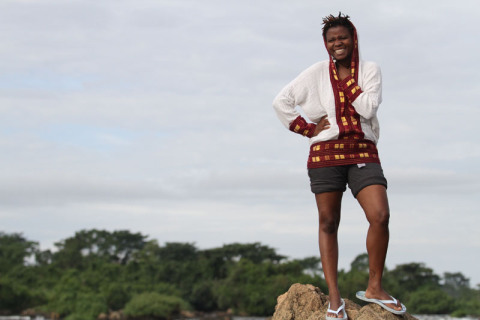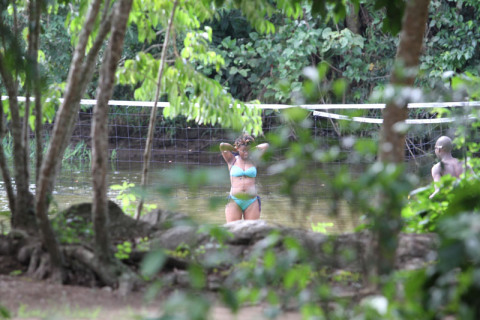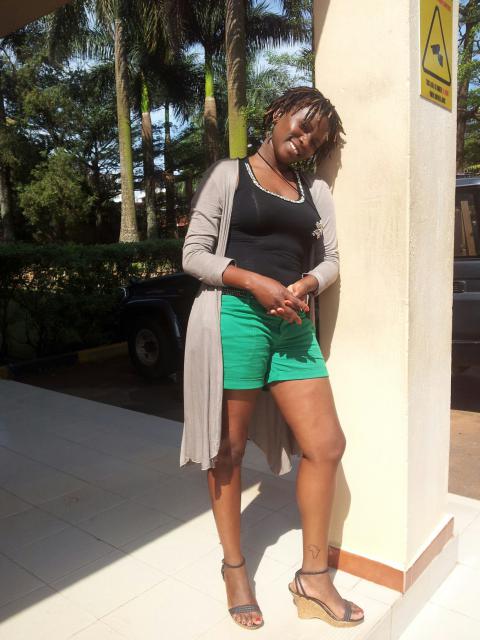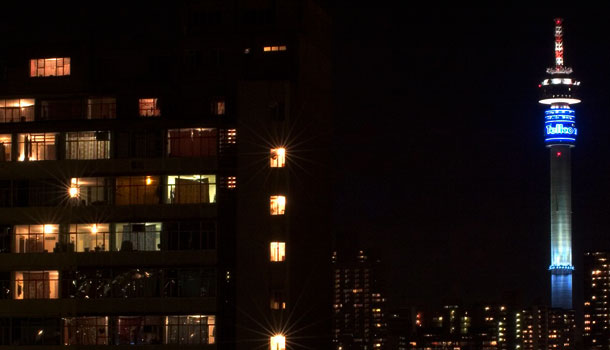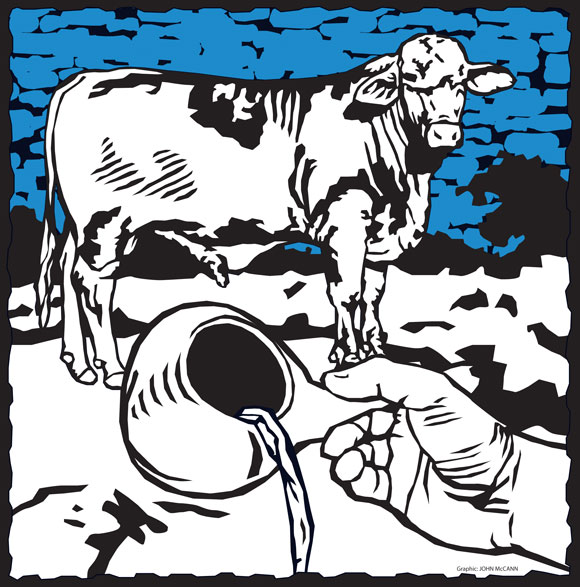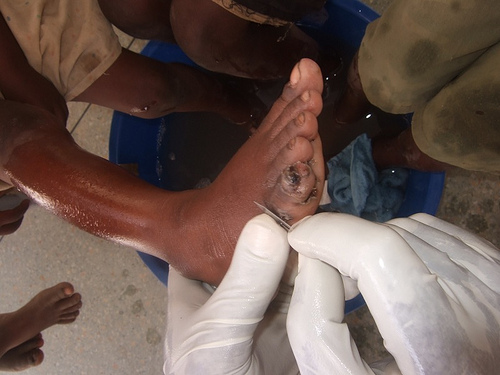I have just read the proposed anti-pornography Bill that is currently before the Ugandan Parliament. This Bill was brought soon after MPs stifled debate on the Marriage and Divorce Bill, which tackles the ambiguity of existing laws on women owning property.
Ethics and integrity minister Simon Lokodo’s anti-pornography Bill however doesn’t just threaten women; it attacks press freedom too. The media is portraying the Bill as a miniskirt law but if passed it will have far-reaching consequences on press freedom, freedom of expression, internet freedom, and the right to privacy and culture.
According to the Bill:
Pornography means any cultural practice, radio or television programme, writing, publication, advertisement, broadcast, upload on internet, display, entertainment, music, dance, picture, audio, video recording, show, exhibition or any combination of the preceeding that depicts [for now I concentrate on just this clause] sexual parts of a person such as breasts, thighs, buttocks and genitalia.
Read the full text of the Bill here.
I am also angered and saddened by the comments Lokodo made. He said:
Any attire which exposes intimate parts of the human body, especially areas that are of erotic function, are outlawed. Anything above the knee is outlawed. If a woman wears a miniskirt, we will arrest her.
And:
Men are normally not the object of attraction; they are the ones who are provoked. They can go bare-chested on the beach, but would you allow your daughter to go bare-chested?
His comments cannot be understood in any way other than being an outright attack on women and their sexuality, their freedom of expression and their right to live the way the wish. Lokodo permits attacks on women and blames sexual violence on women victims. His comments are part of wide efforts to politicise women’s dressing and add to the obsession with women’s sexuality.
According to the Bill, “Pornography fuels sexual crimes against women and children.”
I am moved to ask why do we have incidents of rape even in the most remote corners of our country? Did the Ugandan army watch porn before they raped several women and men during the northern Uganda war? Do all men that defile more than 600 children a year in Uganda watch pornography? Do all of the more than 500 women who report being raped to the police every year wear miniskirts? Do hundreds of uncles and fathers that molest young girls in their families watch pornography? This is just insulting the dignity of victims of sexual violence.
We have more urgent, pressing needs: young Ugandans need jobs; 16 women die everyday in my country due to preventable pregnancy-related complications; Lokodo and his fellow ministers every day dig deeper into our pockets, stealing our hard-earned money. Thousands of girls do not complete primary education even with the faulty UPE system in place. But Lokodo and the regime he represents won’t tackle these challenges. What is more immoral than distracting our country from debating these issues?
It is ironic that this is a Bill proposed by a minister who hails from Karamoja, a region where people are free in their nakedness. The pastoralist communities are known to roam wearing as little clothing as possible. They are free in their culture. His proposed Bill would be an indictment to such ethnic groups.
If Lokodo gets his way in Parliament, photos like mine below could earn a person who publishes them imprisonment not exceeding 10 years or a fine of 10-million shillings, or both. This is pornography according to Lokodo:
And if you viewed these “pornographic” photos, you too could be imprisoned.
Rosebell Kagumire is a Ugandan multimedia journalist working on media, women, peace and conflict issues. She is co-ordinator of Africans Act For Africa. Visit her blog and connect with her on Twitter.
